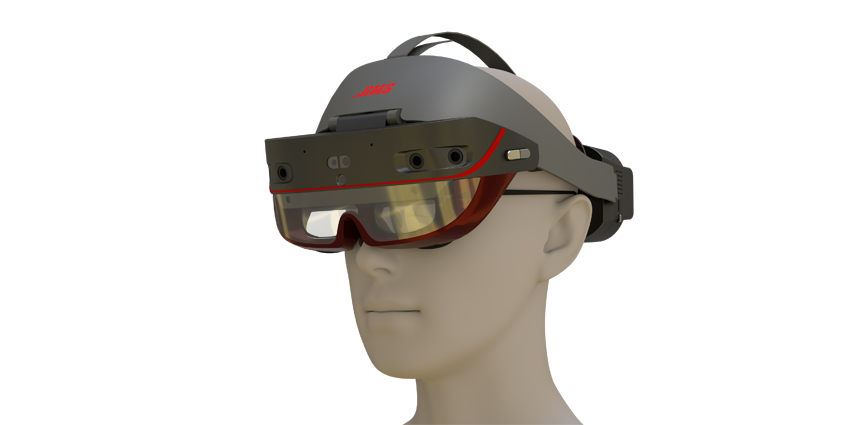Looking Glass has launched 16” and 32” spatial displays to provide professionals with greater 3D immersive visualisation options.
- Are Holograms the Future of the Enterprise?
- What Is a Hologram?
- KIST Unveils Research for AR Smartphone Holograms
The hologram company, Looking Glass, believes these displays bring “cutting-edge” visualisation tools to those working with 3D digital images, video, and applications in real time, and without needing to use headsets to facilitate the experience.
The displays will complete the recently released Looking Glass Go product line, which includes the Looking Glass 65” and Looking Glass Portrait.
Looking Glass Go can turn 2D photos into 3D visualisations, which could be useful within various industries, including engineering, design, research, education, and healthcare.
Shawn Frayne, Co-founder & CEO of Looking Glass, gives a sense of the wide range of use cases for its 16” and 32” displays: “We’ve seen so many industries and individuals benefit from our group-viewable spatial displays.
“Creatives pushing the boundaries of digital expression. Design studios creating the next generation of products.
“Museums bringing artifacts back to life. Marketers creating magical, immersive brand moments.
“Medical students learning hands-on with realistic anatomy. Researchers investigating cellular drug therapies.
Everywhere, companies are creating a new generation of XR experiences using Looking Glass displays and the new 16” and 32” displays will only enhance their ability to do that.”
Benefits of the New Displays
The Looking Glass 16” and 32” Spatial Displays include a long list benefits, which help to make it “the best” multi-view experience available that can used in any setting, according to the company.
For the best possible group-view experience, you can broadcast 45 to 100 views.
With versatile media support, the displays can show holographic images, videos, and applications in 3D.
A fully loaded software suite comes with plugins for Unreal, Unity, Blender, and WebXR, plus a 3D model importer and SDK to develop custom holographic and 3D content.
Each display can be used either in landscape or portrait, depending on the format of the content or application being viewed.
Thin designs make it easy to fit the displays into all professional setups, while still retaining excellent image depth.
Finally, flexible mounting allows for both VES mounting and a desktop standing to accommodate your installation requirements.
There are AR solutions on the market designed for a similar purpose, which Looking Glass would be up against.
In March, for example, HUSH selected the Magic Leap Workshop to help design installations for a building development in New Jersey known as the ‘Helix’.
Using Workshop, they could view the installation plans in 3D and, for the first time, with a true sense of scale using Magic Leap 2 headsets.
The major advantage of the Looking Glass spatial displays is that you would not need headsets in order to view its 3D models. That may sound like a small bonus but if you want to share the images with large numbers of people, the logistics of getting everyone to be able to use headsets could be quite an undertaking.
The new Looking Glass displays are now available, with pricing starting at $4000 for the 16” and a limited-time offer of $3000.







